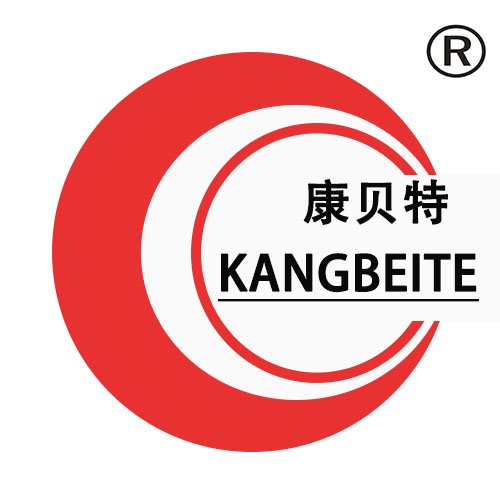Балык тазалоо сызыгы - жемдик балыктардын тазаланышын жеңилдетүү үчүн арнайы жасалган автоматтык же жарым автоматтык система, кир, чыгыр, канды, теңиз жапырактары же кум сыяктуу жабыркаттарды алып таштап, балыкты андан ары иштетүүгө (филе, ичин алуу, муз кылуу же түтүккө салууга) даярдайт. Бул сызык теңиз улаан өнөркөтүнүн ишканаларында, чоң көлөмдө балык аловчу кемелерде жана жээк сызыгындагы иштетүү ишканаларында колдонулат. Бул сызык азыктардын коопсуздугун сактоо (органикалык калдыктардан бактериялардын өсүшүнө каршы), өнүмдүн сапатын жакшыртуу (сырткы түрүн жана сакталуу мөөнөтүн узартуу), эффективдүүлүктү арттыруу (кол менен эмгек жана иштетүү убактысын азайтуу) үчүн маанилүү. Балык тазалоо сызыгынын негизги компоненттери балык түрүнө (мисалы, кичине пелагикалык балыктар сыяктуу сардинелерден чоң димералдык балыктарга чейин код) жана иштетүү көлөмүнө (кичине сызыкчалар 500–2000 кг/саат, индустриялык сызыкчалар 10,000 кг/саат) ылайыкча өзгөрөт, бирок көбүнчө: сорттоо станциясы (балыктар өлчөмү жана сапаты боюнча бааланат, жараксыз же зыян келтирилген балыктар алынып ташталат), алдын-ала жууу зонасы (жогорку басымды суу жеттери - 20–50 бар басымы - балыктарды чайкап, кир жана чыгырды алып таштайт, суунун температурасы термалдык шокко жол бербейт), батыруу ыдысы (суу же теңиз суусу менен толтурулган, бирок азыктар үчүн коопсуз дезинфектанттар (хлор диоксиди же озон сыяктуу) колдонулат, мисалы, E. coli же Vibrio бактерияларын көбөйтүүнү азайтат), тазалоо блогу (айланып жаткан азыктар үчүн ылайыктуу щеткалар - нейлондон же табигый талчылардан жасалган - балыктын бетинен катуу чыгыр же чеге тазалайт, щеткалардын айлануу жылдамдыгы балыктын сезгичтигине ылайыкча бузулбайт), жана акыркы жууу зонасы (дезинфектант калдыктарын жана калган бөлүкчөлөрдү алып таштоо үчүн төмөнкү басымды суу). Прогрессивдүү сызыкчалар чеге тазалоо модулдарын камтыйт (сомон же тилапия сыяктуу чегелүү балыктар үчүн) - чегелерди теринин бетин бузбай алуу үчүн жүргүчтөр же абразивдүү роллдор менен. Азыктардын коопсуздугу үчүн материалдарды тандаш өтө маанилүү: бардык контакт беттери (конвейерлор, ыдыстар, щеткалар, суу жеттери) 316 нержавеюшчя металлдан (теңиз суусу жана балык кышкылдарынан коррозияга каршы төзгүч) же азыктар үчүн ылайыктуу пластмассадан (мисалы, ыдыстар үчүн полиэтилен) жасалган, аларды тазалоо жана дезинфекция кылуу жеңил. Гигиена дизайндык өзгөчөлүктөрү: кирпичсиз беттер (калдык чогултбоо үчүн), ыдыстардын эгилген полдары (сууну түгөдөн түшүрүү үчүн), терең тазалоо үчүн айырмаланы түзгүч компоненттер (щеткалар, конвейерлор). Көптөгөн сызыкчаларда сууну кайра колдоно түзөткөн системалар бар (колдонулган суудан калдыктарды алып таштоо жана дезинфекция кылуу, суу колдонууну 40–60% кыскартуу - жээк жерлеринде суу ресурстары чектүү болушу мүмкүн). Башкаруу системалары PLC негизинде тачпад интерфейстер менен жабдылган, операторлор иштетүү ылдамдыгын, суу басымын жана дезинфектанттын концентрациясын көзөмөлдөй алышат, айырмачылыктар үчүн сигнал берүүчүлөр (мисалы, дезинфектант деңгээли төмөн болсо). Теңиз улаан өнөркөтүнүн коопсуздугу боюнча стандарттарга ылайык келүү зарыл: сызыкчалар FDA 21 CFR Бөлүм 123 (Теңиз улаан HACCP), ЕУ ЕС 853/2004 жана GMP (Жакшы өндүрүү практикасы) кабыл алынган, тазаланган балыктардын азыктар үчүн коопсуз экенин камсыз кылат. Глобалдык рыноктор үчүн BRCGS (Британия ритейлер консорциумунун азыктардын коопсуздугу боюнча глобалдык стандарты) сыяктуу стандартдар боюнча сертификат алуу көп учурда дүкөнчүлөр тарабынан талап кылынат. Кыскасы, балык тазалоо сызыгы - теңиз улаан өнөркөтүнүн ишканалары үчүн өтө маанилүү актив, алардын азыктардын коопсуздугу боюнча катуу глобалдык талаптарга ылайык келүү менен коштолгон, сапаттуу, коопсуз балык өнүмдөрүн эффективдүү өндүрүүгө мүмкүнчүлүк берет, бул розничный, азык-түлүк кызмат көрсөтүү жана индустриялык клиенттерге жаңы же иштелген теңиз улаан өнөркөтүнүн жеткилүүсүн камсыз кылат.




Эчкенин түзмө © 2025 Шандонг Кангбейте Буйук Азырланышын Басып Чыгаруу Машиналары Co., Ltd. Купуялык Саясаты